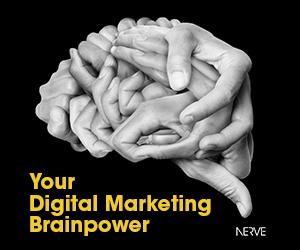
Visual Communication’s Critical Role in Today’s Digital World
Today, the ability to convey ideas visually is crucial. Visual communication skills are more important than ever in today’s information-rich society. Visual communication is crucial in the modern world for a variety of reasons. One reason is that the human brain is predisposed to take in and understand visual information more quickly and easily than text. Research has shown that visual information can be processed 60,000 times faster than text. Therefore, using visuals to deliver your message is highly powerful and efficient. More than that, though, visual communication is crucial because it helps you connect with your audience on a more personal level. People are more likely to retain and recall details when they are presented with images. Thus, using visuals to convey information is a powerful way to make an impact on your target audience. Additionally, visual communication is a flexible medium that can be utilized in several settings. Delivering information in an engaging and clear way is made possible by visual communication, which covers anything from presentations and infographics to movies and social media posts. Therefore, it is an indispensable resource for every enterprise or organization that values clear and concise exchanges with its intended audience. The ability of visual communication to break down complex concepts in a way that even a layperson can understand is a major plus. This is especially important in the modern era, since people often have little time and attention to devote to absorbing information, because of the pace of modern life. Using visuals to highlight key points and simplify complex ideas is one way to guarantee that your audience hears and understands your message. Today’s society places a premium on visual communication for the aforementioned reasons, but also because it promotes greater accessibility and inclusivity. People of varying intelligences and learning styles can both benefit from and contribute to the visual communication process. People who are deaf or hard of hearing can utilize captions or sign language interpretation in videos, while the visually handicapped can use audio explanations or tactile graphics. Promoting diversity, equity, and inclusion through visual communication is crucial. By employing visuals that depict a wide range of viewpoints and experiences, we might potentially aid in the dismantling of stereotypes and the promotion of understanding and empathy among individuals of different backgrounds. In today’s climate, where false information and prejudice may spread rapidly and cause harm, this is more important than ever. To sum up, today’s society relies heavily on visual communication since it facilitates the rapid and accurate dissemination of knowledge, enhancing our capacity to learn from and collaborate with one another. In today’s fast-paced and ever-changing world, the ability to successfully express messages visually through images, films, or other visual media is a crucial skill.

















